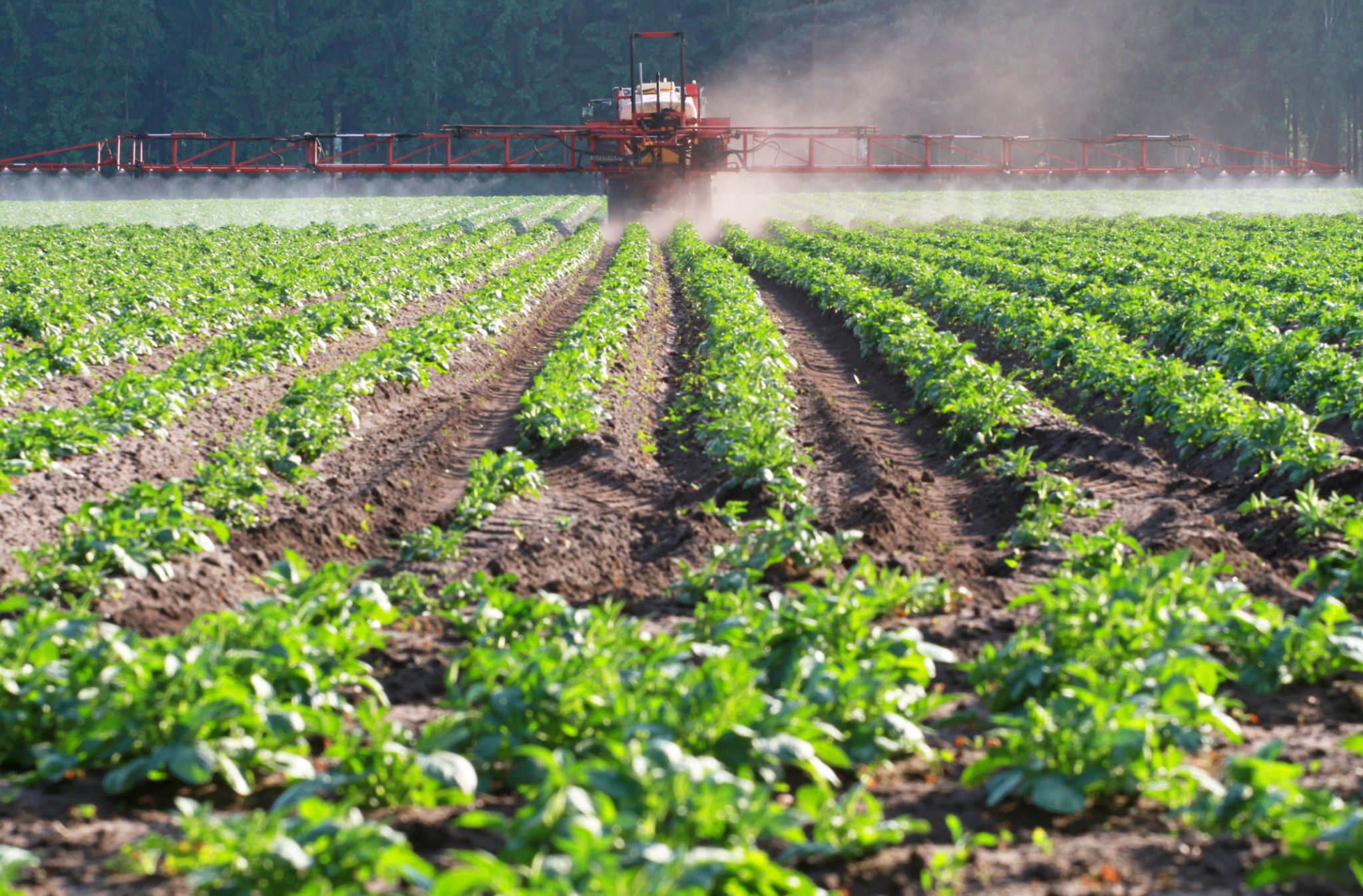How Do Herbicides Work on Weeds? A Comprehensive Guide for Farmers
Introduction to Herbicides
For farmers, managing weeds is a critical task that directly impacts crop productivity. Herbicides offer an effective solution, helping to control unwanted vegetation that competes with crops for nutrients, water, and sunlight. Understanding how herbicides work can enhance their effectiveness and ensure safe usage.

Types of Herbicides
Herbicides can be categorized based on their mode of action, application timing, and selectivity. These categories help farmers choose the best product for their specific needs.
Mode of Action
Herbicides work by targeting specific biological processes in weeds. Some common modes of action include:
- Photosynthesis Inhibitors: These disrupt the plant's ability to convert sunlight into energy.
- Growth Regulators: These mimic plant hormones, causing uncontrolled growth and ultimately death.
- Amino Acid Synthesis Inhibitors: These prevent the production of essential proteins.

Timing of Application
Herbicides are also classified by when they are applied:
- Pre-emergent: Applied before the weed seeds germinate.
- Post-emergent: Applied after the weeds have emerged and are actively growing.
Selectivity of Herbicides
Selectivity refers to a herbicide's ability to target specific weeds without harming the crops. There are two main types:
Selective Herbicides
These are designed to target specific weed species while leaving crops unharmed. This selectivity is usually based on the structural and physiological differences between weeds and crops.

Non-Selective Herbicides
Non-selective herbicides kill all plant types they contact. They are typically used in areas where complete vegetation removal is desired, such as along fence lines or in industrial settings.
Factors Influencing Herbicide Effectiveness
Several factors can influence how well a herbicide works. These include:
- Weather Conditions: Temperature, humidity, and rainfall can impact herbicide absorption and effectiveness.
- Soil Type: Soil composition affects how herbicides are absorbed and retained.
- Application Method: Proper application techniques ensure the herbicide reaches the target weeds.
Conclusion
Herbicides are powerful tools in the fight against weeds, but their effectiveness depends on understanding their types, mechanisms, and application strategies. By selecting the right herbicide and applying it correctly, farmers can protect their crops and maximize yields.